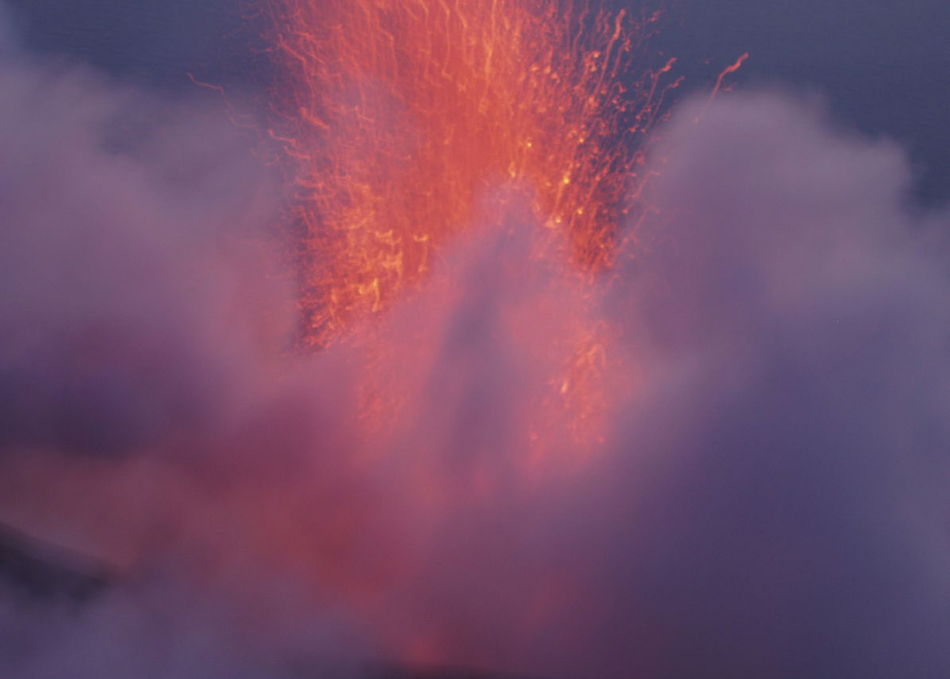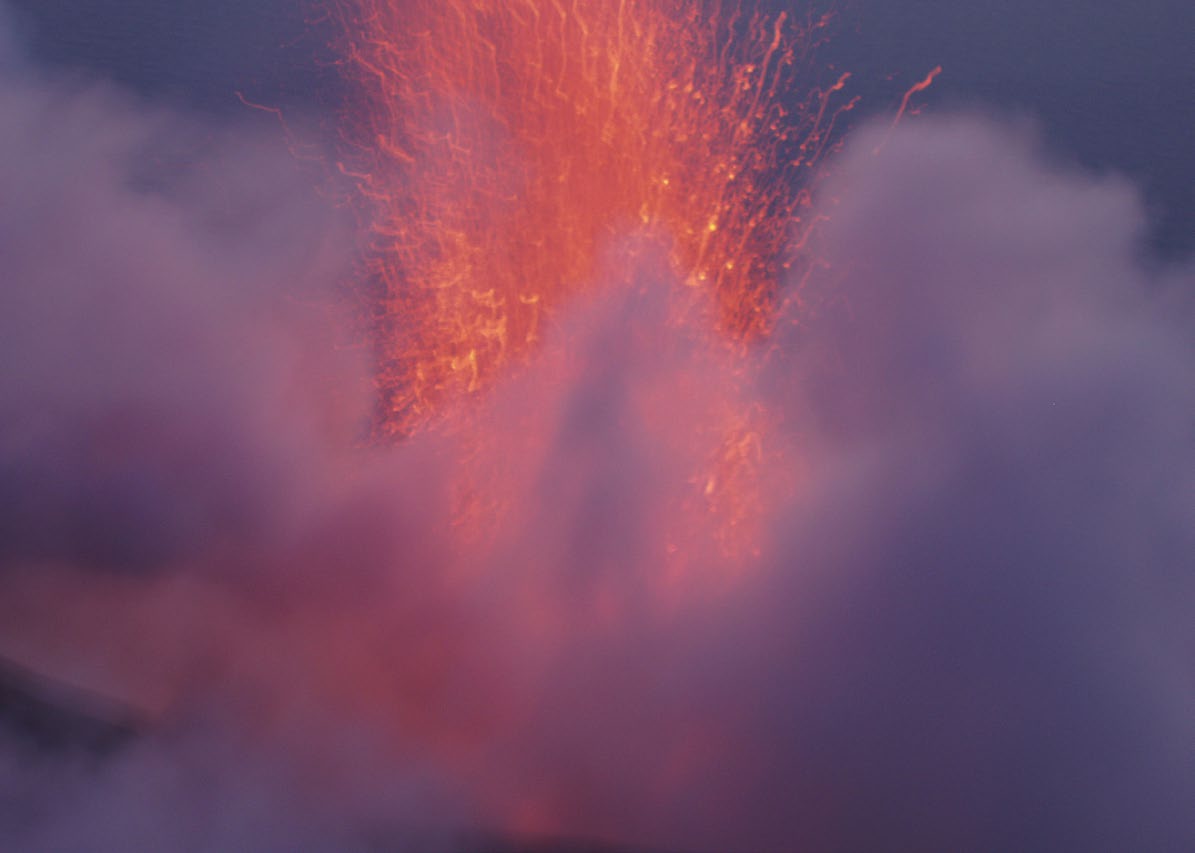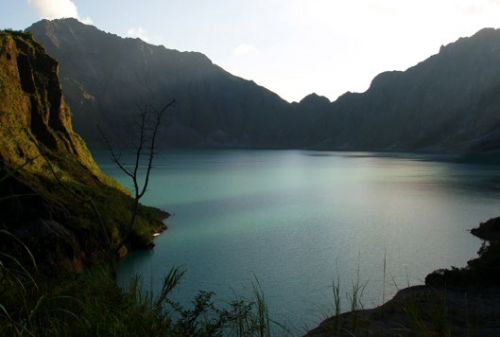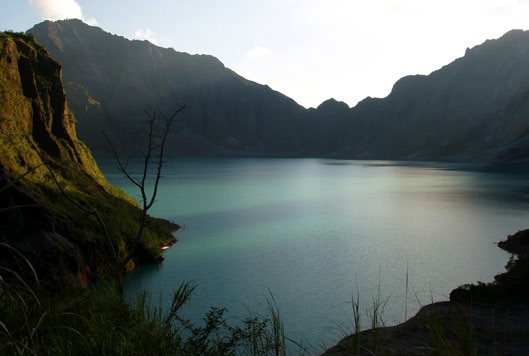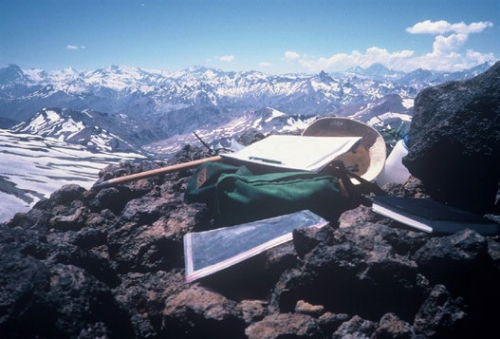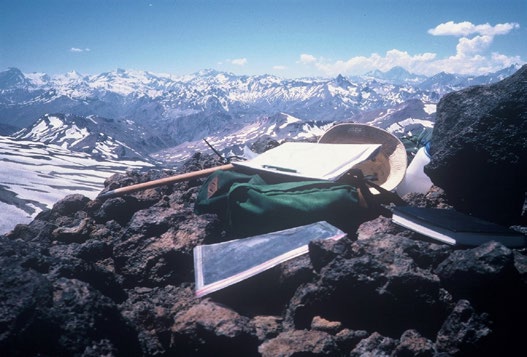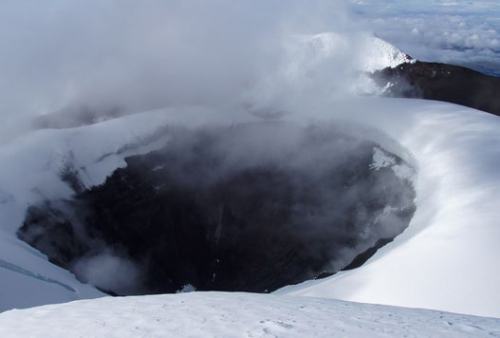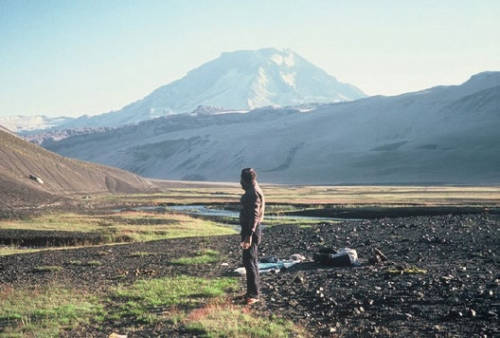The study also considers how volcanic regions are represented on the World Heritage List. Volcano-rich regions that are unrepresented or poorly represented include the Southwest and Western Pacific, South America and North America, which has many excellent, well-studied and accessible examples of volcanoes.
The greatest abundance of active volcanoes is found in Indonesia (75), USA (65), Japan (58), the Russian Federation (52) and Chile (42). Of these five countries, Indonesia, Japan and Chile do not have any World Heritage sites listed specifically for their geological significance.
In order to develop a balanced and representative World Heritage List for volcanic sites, the study proposes a classification system based on plate tectonics. This makes it easier to understand and communicate the heritage values of earth dynamic, as volcanism offers visible evidence for many plate boundaries.
“World Heritage sites include iconic landscapes recognised for their value to the whole of humanity, so it is crucial to ensure that everyone – not just geologists – understand the importance of World Heritage volcanoes,” says Tom Casadevall, lead author of the report. “Very few volcanic sites could qualify for World Heritage status. Other designations such as Global Geoparks and Biosphere Reserves offer alternatives for protecting and recognising volcanic geoheritage.”
